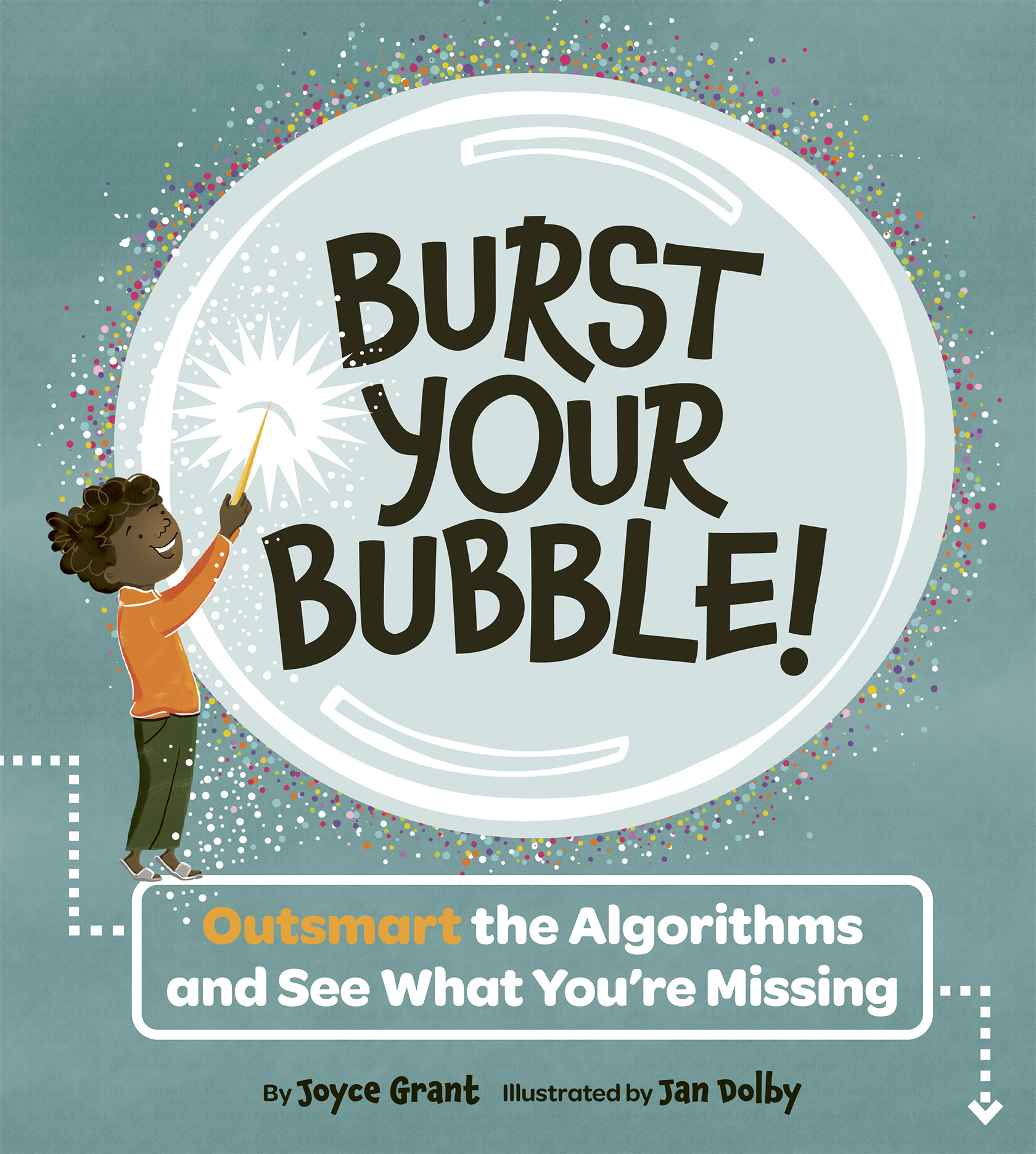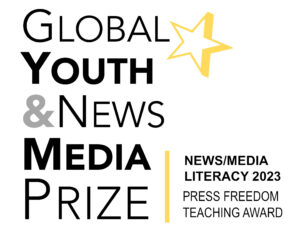
This is a picture of a blue and black dress.
If you agree with that statement, you might not think it’s a very interesting observation.
But if you’re like 75 per cent of people who responded on Twitter to that statement, you may be confused. That’s because you, and over 750,000 people, see the dress as white, with gold trim.
People who see the “white” dress can’t believe that anyone could possibly see it as a blue dress. And people who see it as blue can’t believe that anyone could possibly see it as white.
Caitlin McNeill, 21, lives in Scotland; she has a friend who was getting married and the mother-of-the-bride was looking for a nice dress to wear to the wedding. She found “the dress” and snapped a picture of it to show to her daughter.
When her daughter saw the picture and started talking about it, they discovered that people had very different ideas of what colour the dress was. So McNeill posted the picture on a website called Tumblr to ask people what they saw when they looked at the dress.
Nearly a million people have voted, and about three-quarters of them say they see a dress that’s white with gold stripes. The rest see it as blue with black stripes.
So what colour is the dress, really?
It’s blue and black, according to the people who made and sell the dress.
So if the dress is blue, how is it that so many people see it as white?
The answer is a bit complicated, and it’s explained well in the video, below. In a nutshell, it has to do with the way our brains process information about colour. Some people’s brains decide that the dress is white with a bit of a shadow over it. Other people’s brains decide the dress is blue with no shadow on it.
Watch the video and see what you think about the way our brains process colour and other information.
Explanation about why our brains see the dress differently (2:08 video by asapscience.com):
Sonia Hernandez created a wonderful comic strip based on this article! Click here to see it.
CURRICULUM CONNECTIONS
By Jonathan Tilly
Writing/Discussion Prompt
Take a survey in your class or school about which colour they think this dress is. Make a bar graph to show your data. What questions might you ask after seeing your data displayed?
Reading Prompt: Point of View
If we can have such different points of view about a colour, just imagine what different points of view there must be about other, more complex, things. When have you encountered someone with a very different point of view? How did you react?
Primary
Identify the point of view presented in a text and suggest some possible alternative perspectives (OME, Reading: 1.9).
Junior
Identify the point of view presented in texts, ask questions to identify missing or possible alternative points of view, and suggest some possible alternative perspectives (OME, Reading: 1.9).
Intermediate
Identify the point of view presented in texts, including increasingly complex or difficult texts; give evidence of any biases they may contain; and suggest other possible perspectives (OME, Reading: 1.9).
Language Feature: Rhetorical Questions
A rhetorical question is a tool that writers use when writing to draw in their audience, tools like rhetorical questions are sometimes called literary devices. A rhetorical question is a question that the author asks their readers but doesn’t expect a reply. For example, today’s author asks,
So if the dress is blue, how is it that so many people see it as white?
The author obviously doesn’t expect you to call out your answer while you read! The author is simply trying to get you thinking about their topic in a different way.
How do rhetorical questions draw in the interest of the reader? (This is not a rhetorical question : )







